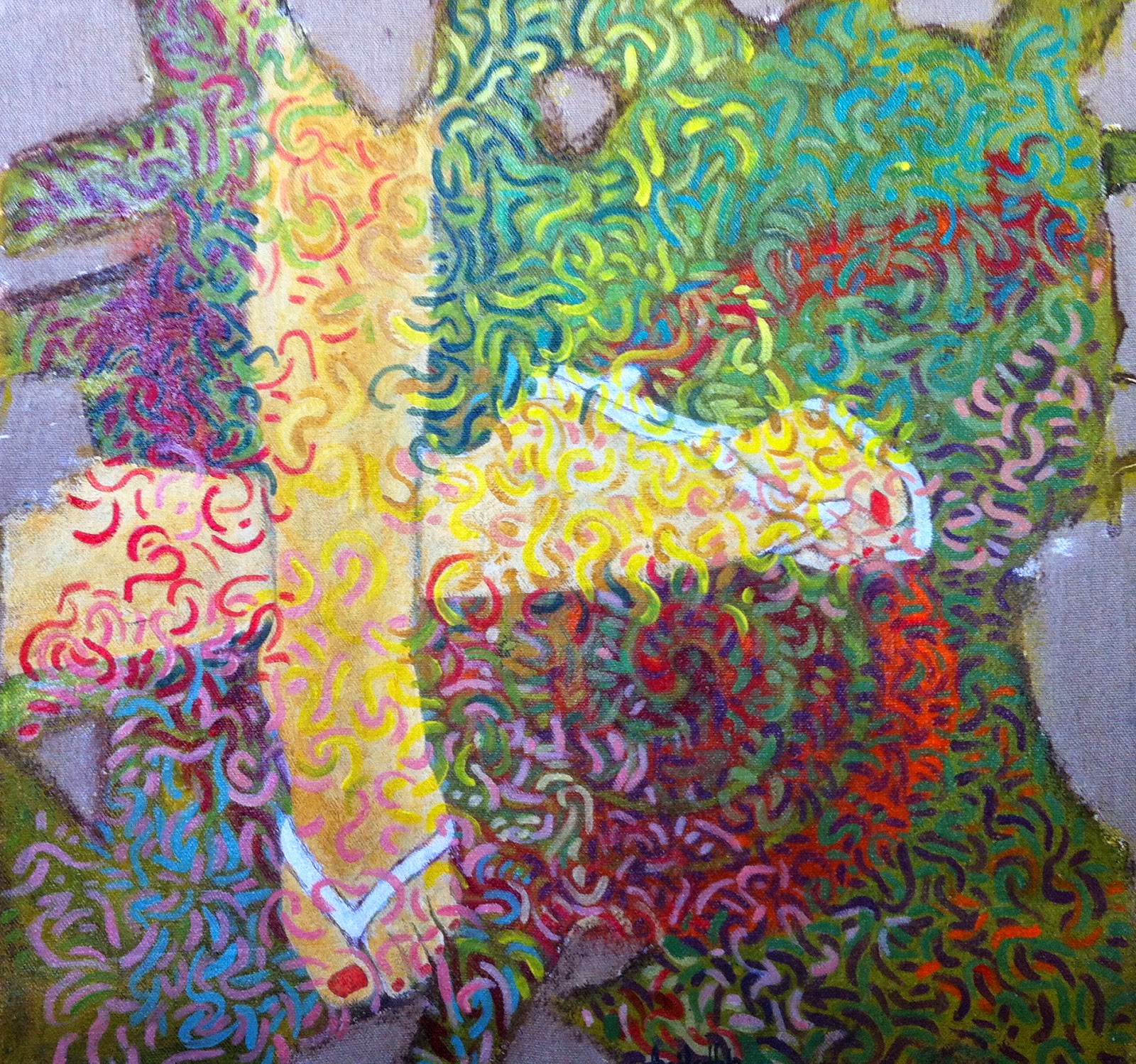Anaida Hernández - Director and Producer
DOCUMENTARY -TRANSATLANTIC WOMEN STORYTELLER
INSTALLATION EXHIBION
CROSSING BORDERS - RECOVERY OF KNOWLEGE - MEETING AMONG WOMEM -
DERIVA - FORTUIT ENCOUNTERS -
1- 10 march, 2016 - Ecuador
1-15 May, 2016 - Puerto Rico
COMMISSIONER BY
WIPR TV - Puerto Rico Public Broadcasting, San Juan,
Puerto Rico
In colabolation with Arte Actual Art Gallery, FLASCO - Latin American University Post Grade of Social Science University, Quito Ecuador
FLASCO Arte Actual Art Gallery PROGRAM 2016 Catálogo Arte Actual 2016 by Arte Actual Flacso - issuu
Codigo Mágico Street, the Women's Walk in, is a documentary commissioned by WIPR Public Broadcasting Puerto Rico TV and supported by the Contemporary Art Gallery, FLASCO, University of Latin American Faculty of Social Sciences, with headquarters in Ecuador.
It is a project of public art, artistic experimentation, nomadic and magical. Decipher and randomly, images and stories of women told by women.
Código Magico Street aims to strengthen our identities through the recovery of knowledge, establish spaces meetings among women and the crossing borders.
DERIVA - FORTUIT ENCOUNTERS
DOCUMENTARY -TRANSATLANTIC WOMEN STORYTELLER
INSTALLATION EXHIBION
CROSSING BORDERS - RECOVERY OF KNOWLEGE - MEETING AMONG WOMEM -
DERIVA - FORTUIT ENCOUNTERS -
1- 10 march, 2016 - Ecuador
1-15 May, 2016 - Puerto Rico
COMMISSIONER BY
WIPR TV - Puerto Rico Public Broadcasting, San Juan,
Puerto Rico
In colabolation with Arte Actual Art Gallery, FLASCO - Latin American University Post Grade of Social Science University, Quito Ecuador
FLASCO Arte Actual Art Gallery PROGRAM 2016 Catálogo Arte Actual 2016 by Arte Actual Flacso - issuu
 |
| Installation exhibition: Mural map, drifting route and places of fortuitous encounters. |
Codigo Mágico Street, the Women's Walk in, is a documentary commissioned by WIPR Public Broadcasting Puerto Rico TV and supported by the Contemporary Art Gallery, FLASCO, University of Latin American Faculty of Social Sciences, with headquarters in Ecuador.
It is a project of public art, artistic experimentation, nomadic and magical. Decipher and randomly, images and stories of women told by women.
Código Magico Street aims to strengthen our identities through the recovery of knowledge, establish spaces meetings among women and the crossing borders.
DERIVA - FORTUIT ENCOUNTERS




























